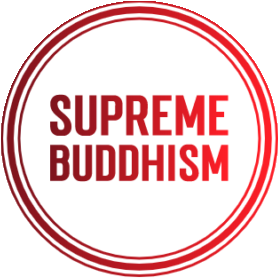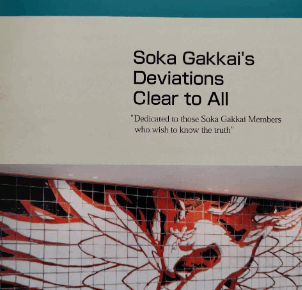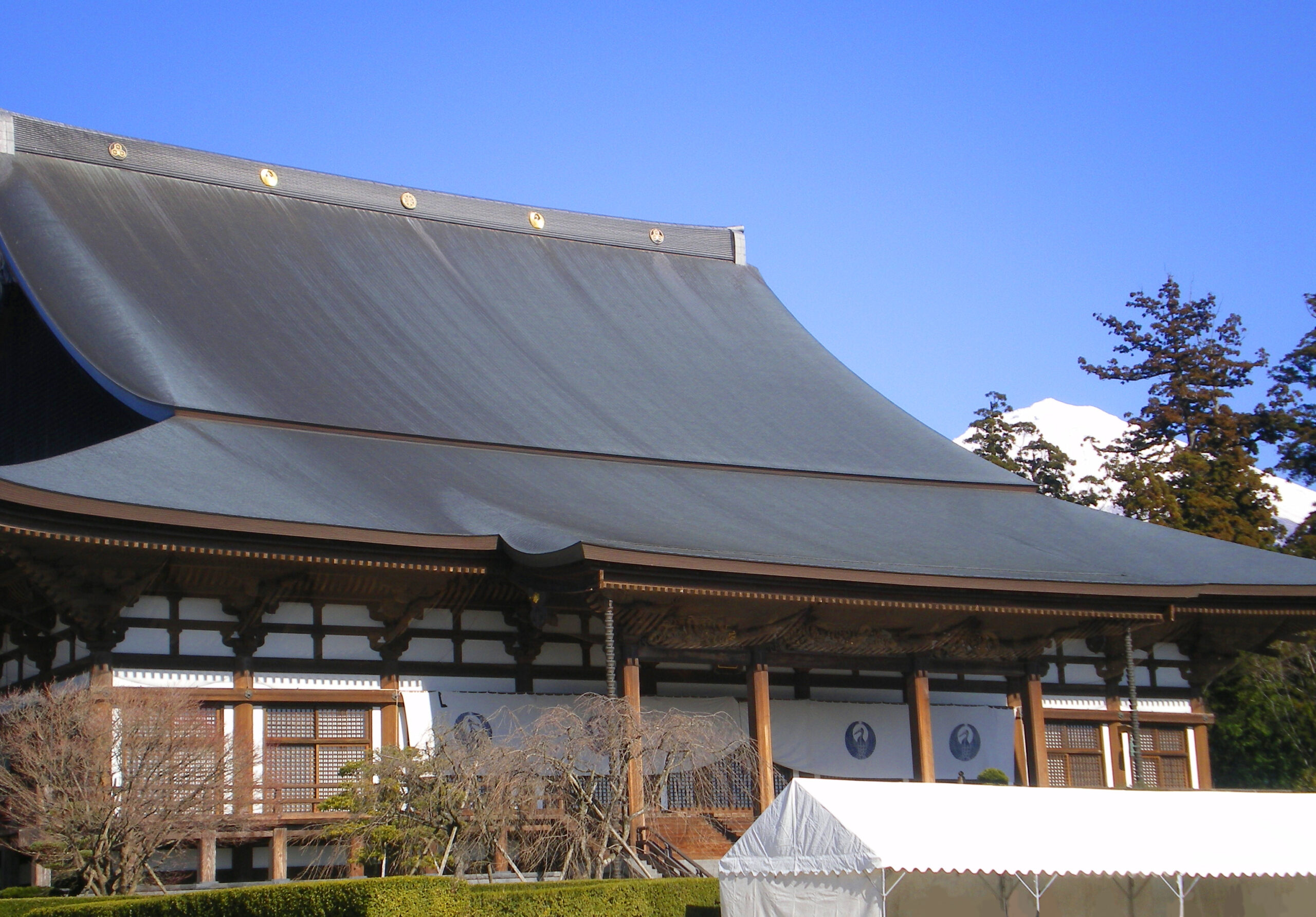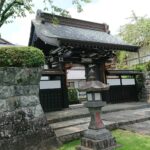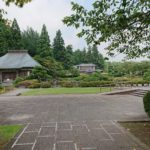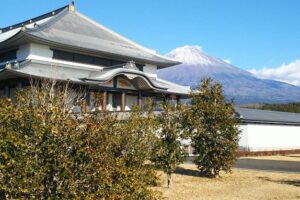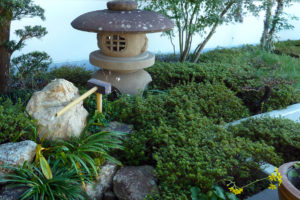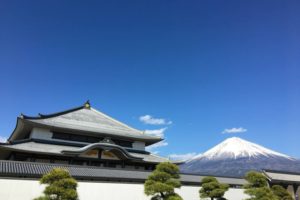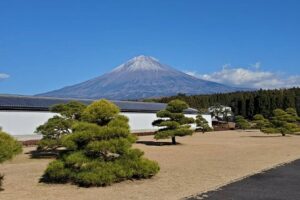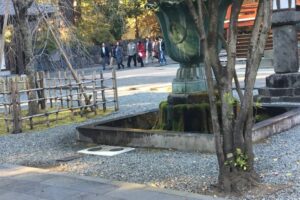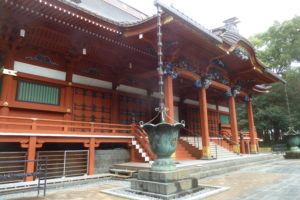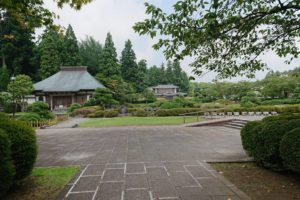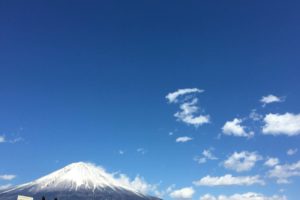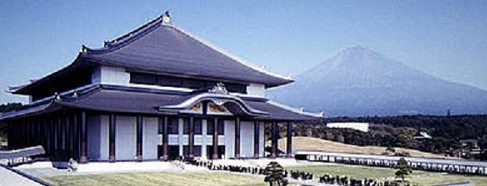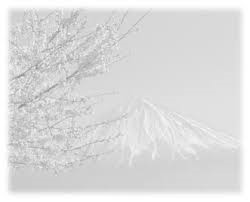In the Gosho, “On Chanting the Daimoku of the Lotus Sutra,” the Daishonin states:
Now, the Lotus Sutra expounds that all the sutras taught during more than forty years are contained in one Sutra, and all the Buddhas of the three perfect properties As a result, the benefits of reciting. Therefore, one Buddha is itself all the Buddhas who are contained in the two characters of the Mystic Law (Myoho). The five characters of Myo-Ho-Ren-Ge-Kyo are tremendous. The Daimoku of all the Buddhas and the sutras were opened by the Lotus Sutra. In short, Myoho opened them. You should understand about this and chant the Daimoku of the Lotus Sutra. (Gosho, p. 230)
Nichiren Daishonin wrote this Gosho when he was 39 years of age, in Nagoe in Kamakura, on the twenty-eighth day of the fifth month of 1260. Its format is composed of fifteen questions and answers .
Buddhism consists of numerous sects that are base These sects came about because people lost sight of the true significance of Shakyamuni’s teachings. The present Gosho shows the contradictions preached by the various sects. It compares the Lotus Sutra to the doctrines upon which the other sects are based, and it declares that the Lotus Sutra is the only teaching that characterizes the true spirit of Shakyamuni.
Next, this Gosho reveals that the entire of the teachings in the Lotus Sutra is contained in the Daimoku of Nam-Myoho-Renge -Kyo. A true master and teacher is one who leads the people to faith and practice in the Lotus Sutra. The Daishonin concludes this writing by stating that, no matter how wise an individual may be and no matter what mysterious powers he may possess, he could not be considered a true master and teacher if he causes people to grow distant from the Lotus Sutra.
Now, I would like to present a brief explanation of Nam-Myoho-Renge-Kyo, which we chant everyday. The term “nam” or “namu” is the transliteration of the Sanskrit word” namas. “The Chinese translation of this word meant” to devote one’s life.
“Even today in India, people say” Namas-te, “a humble greeting that is uttered while both palms of the hands are brought together before the heart, as a gesture of respect. In this greeting, “namas” is derived from the word “nam.” It signifies profound reverence for a person, from the bottom of one’s heart. “Te” nmeans “you.”
In The Bodhisattva Never Disparaging (Jo-Fukyo; twentieth) chapter of the Lotus Sutra, there is a description of how Bodhisattva Fukyo said the following, as he performed his practice of revering all people:
I deeply respect you. I would not dare despise you or be arrogant. Why? Because you are all practicing the bodhisattvá way and surely attain Buddhahood. (Kaiketsu,p.500)
The Indian greeting of Namas-te is associated with Botthisattava Fukyo’s practice of revering all people. Buddhism has gradually declined in India, but the spirit of the Lotus Sutra seems to live on in this form of gesture and humble greeting.
Next, let us focus on the term “myo.” Its original meaning was “young woman.” Thereafter, other meanings were added to it, such as ” superior, ” “wonderful,” and “mysterious.” When we look upon these various meanings, we can understand why Kumarajiva chose to use this word in his translations.
The Devadatta (Daibadatta; twelfth) chapter of the Lotus Sutra recounts the story of Ryunyo, the eight-year-old daughter of the Dragon King. The Teachers of the Law (Hosshi; tenth) chapter of the Lotus Sutra explains how the Lotus Sutra is the supreme teaching transcending past, present, and future. The Bodhisattva Medicine King (Yakuo; twenty-third) chapter teaches ten parables to show the absolute wonder of the Lotus Sutra. The Hoben (Expedient Means; second) chapter expounds that the Lotus Sutra is a mysterious Law that is truly rare and difficult to understand. Kumarajiva chose to use the term “myo” to best express the essential spirit of these doctrines.
The next term, “ho”, means “law” or “criteria.” This term was combined with “myo” to produce the word “myoho” or “Mystic Law.” This combination contains the meaning of the enlightenment of the Buddha.
The term that follows, “renge”, was used as a metaphor for the Mystic Law, as shown in the following passage from the Gosho, “The Entity of the Mystic Law” (Totaigi sho):
In the beginning of the kalpa of continuance, a plant existed. The sage observed its principle and gave it the name renge or lotus. The lotus plant resembles the principle of Myoho-Renge in that it simultaneously contains both cause [blossom] and effect | seed]. Therefore the plant came to bear the same name as the principle. The lotus that grows in water is the lotus that is a plant, such as the pink variety or the white variety. When we speak of the figurative lotus or the lotus that is a metaphor, it is this lotus plant wve mean. This lotus plant is used to help clarify the difficult concept of Myoho-Renge. (Gosho, p. 695; MW-7, pp. 66-67)
The lotus plant simultaneousiy produces the blossom and the seed. For this reason it is suitable to use as a metaphor to explain the principles of the simultaneity of cause and effect (inga guji) and the singular mysterious Law (fushigi no ippo). The lotus flower is used to illustrate these doctrines.
Next, the term “kyo” means “to bundle” or “to collect”. Thus, the collection of the Buddha’s tecachings represenits the ” kyo” or “sutra.”
T’ien-t’ai presented an explanation of Myoho-Renge-Kyo This explanation was later compiled into a ten-volume work by his disciple, Chang-an. It is titled, The Profound Meaning of the Lotus Sutra (, based on the Five Major Principles of name, entity, quality, function, and teaching. Hokke gengi). This document has been passed down through the ages to us today. It gives detailed proof that the entire of the Lotus Sutra is contained within the five characters of Myo-Ho-Ren-Ge-Kyo. It also demonstrates that all Buddhas and all sutras are contained within the Lotus Sutra. The entire of the Lotus Sutra and the entire of True Buddhism are contained within the Daimoku. This is further explained in the following passage from the Mystic Powers (Jinriki; twenty-first) chapter of the Lotus Sutra:
In essence, all the laws possessed by the Buddha, all the freely exercised supernatural powers of the Buddha, the storehouse of all the secret essentials of the Buddha, and all the most profound matters of the Buddha –all these are proclaimed, revealed and clearly expounded in this sutra. (Kaiketsu, 513)
